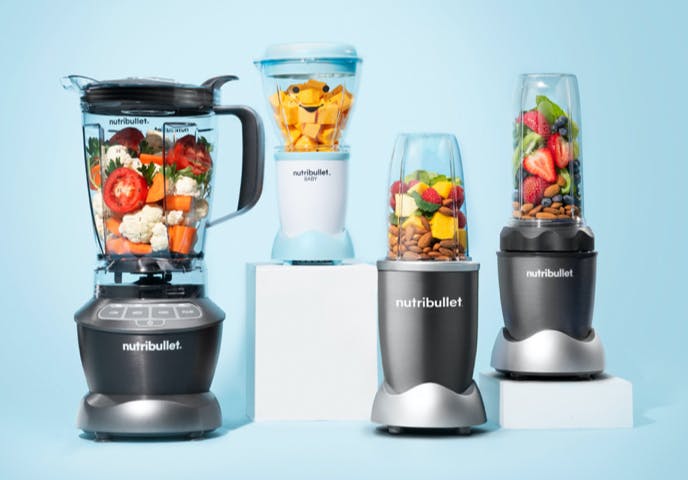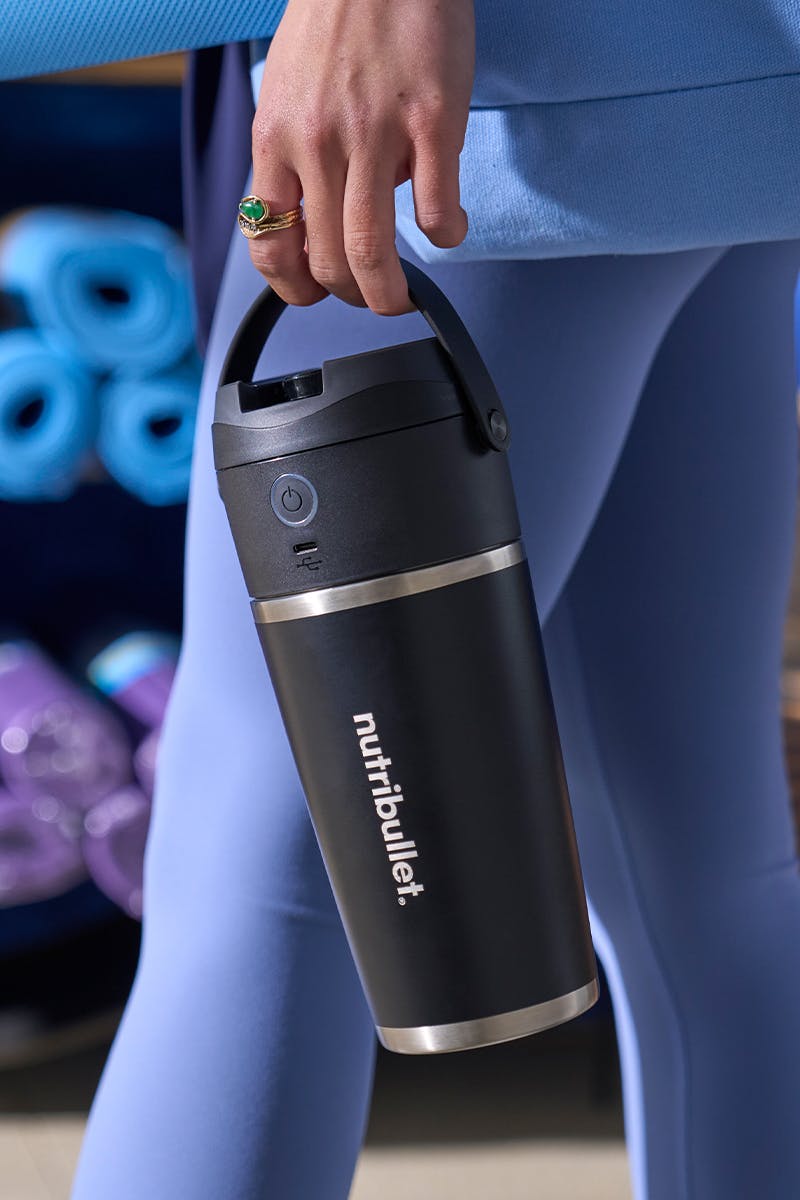“Eat the rainbow.”
While you’ve likely heard this nutrition advice repeatedly over the years, what it really emphasizes is the importance of eating variety. We can thank phytochemicals for giving fruits and vegetables their unique hues. Phytochemicals are plant compounds with powerful antioxidant capabilities. These health-promoting compounds not only make blueberries blue, but they also act like little sponges in our bodies that mop up free radicals – harmful molecules in our bodies – and help to tame inflammation.
There are many ways to eat the rainbow. You can enjoy a colorful variety of produce in salads and grain bowls, or as snacks. Fruits and veggies are also perfect for adding to smoothies or smoothie bowls!
Benefits by Color
The color a fruit or vegetable appears is largely determined by the proportion of specific phytochemicals present within its skin and flesh. Different phytochemicals are linked to specific health benefits, so each produce color category tends to exhibit similar properties. Here is a general overview of some of the benefits you can expect to gain from each color.
Red foods, like watermelon, beets, and berries, are repeatedly touted for the role they play in supporting a healthy heart and offering protection from heart disease.
Orange foods, including pumpkin and mango, are good sources of vitamin A, which is essential for immune function and eye health. Vitamin A also helps to maintain the structure of cell walls, which plays an essential role in the body’s first line of defense.
Yellow foods are known for their vitamin C content. This vitamin is essential for immune function and collagen production. It can even enhance the absorption of iron. Some examples of yellow foods are pineapple and citrus fruits.
Green foods are chock-full of antioxidants and nutrients that work together to fend off several major chronic diseases. Popular greens include spinach, kale, and other leafy vegetables. The U.S. Department of Agriculture’s MyPlate also recognizes green vegetables as an important subcategory based on their color. Popeye was really on to something.
Blue and purple foods (berries, for example) protect our bodies and minds by reducing oxidation. In fact, all berries (the red ones, too!) serve as an integral component of the MIND Diet, which focuses on keeping your brain sharp as you age.
Aside from looking pretty on your plate or in your smoothie, fruits and veggies from all color categories contribute key nutrients and offer benefits. So go ahead and nosh on foods from all colors of the rainbow!



















